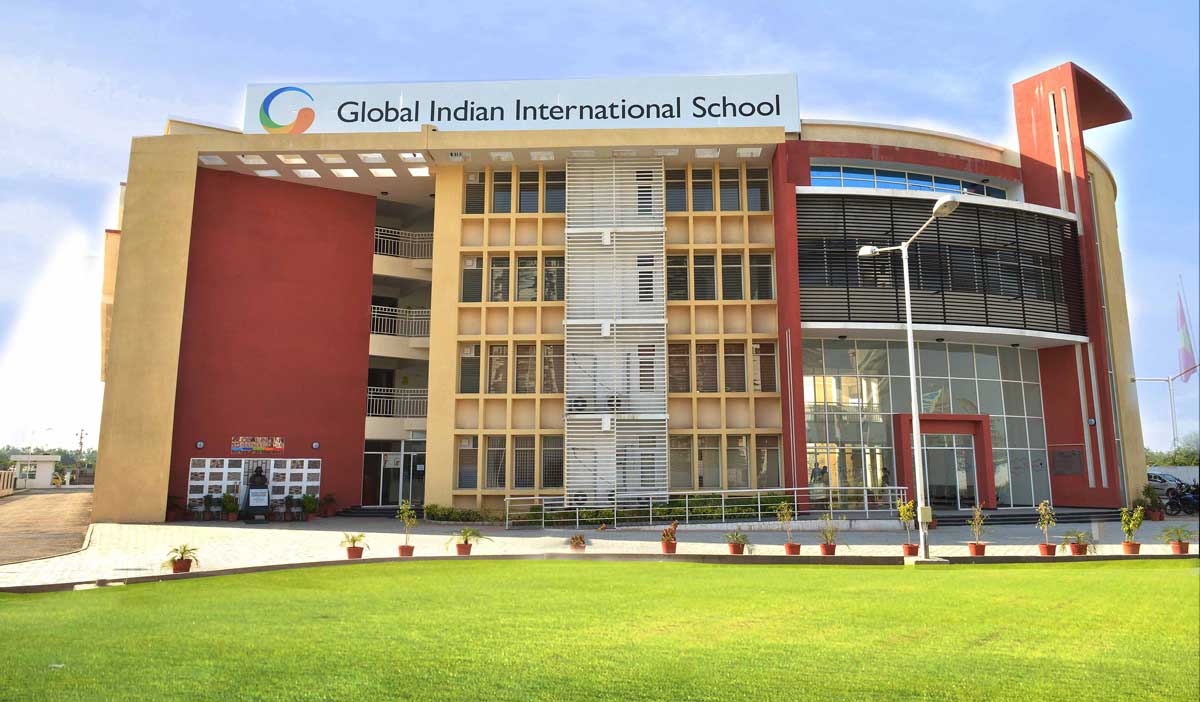Download our FREE Academic Calendar now! 📚 Start your child’s journey to success.
The new education policy 2020 is just what was required to align the Indian education system with 21st century needs and requirements.
Who Introduced the New National Education Policy 2020?
The New National Education Policy (NEP) was introduced by the union cabinet on July 29th, 2020. This was accompanied by renaming MHRD as the Ministry of Education. This revamp of the country’s education policy occurred 34 years after the introduction of the old education policy in 1986.
What is the New National Education Policy 2020?
The new National Education Policy is defined by its cardinal principles of access, equity, quality and accountability. Under the new policy, the old 10+2 structure has been replaced by the 5+3+3+4 structure which encompasses 12 years of school and 3 years of Anganwadi.
The new National Education Policy is going to have a profound impact on schooling across the country. This is as true of Schools in Ahmedabad, as it is in any other part of the country. Similarly, an ICSE school or a CBSE school in Ahmedabad would be equally impacted by it.
Is the 10th Board Removed in the New National Education Policy?
There is no provision to do away with board exams for class 10, though there are plenty of rumours swirling around about that. All that has happened is that the students of class 10 in India will receive a more holistic education that will do away with the need for them to receive special coaching to clear the exams.
When Will the New National Education Policy 2020 be Implemented?
The government plans to implement the NEP 2020 in an incremental fashion by putting its principal components into practice one by one. The idea is to implement the entire policy by the year 2040. There is to be a yearly review of the progress made in implementing every aspect of the NEP 2020.
New Education Policy 2020 Highlights
The highlights of the new education policy 2020 are as follows:
1. Ensuring universal access from pre-primary level to class 12.
2. Ensuring quality early education to all children aged 3 to 6 years.
3. Whole new pedagogical structure (5+3+3+4).
5. No watertight compartmentalizations between arts and sciences, curricular and extra-curricular and vocational and academic streams.
6. A clear-cut national mission pertaining to foundational literacy and numeracy.
7. Importance accorded to promoting multilingualism as well as the English language by making medium of instruction until at least grade 5 (preferably until grade 8 and beyond) in the home language/mother-tongue/local language/regional language.
8. Board exams to be held on up to two occasions during a given school year (one main examination and one for the sake of improvement).
9. Instituting a new National Assessment Centre, PARAKH (Performance Assessment, Review and Analysis of Knowledge for Holistic Development).
New Education Policy: 5+3+3+4 Education Structure
The New Education Policy as envisaged under the 5+3+3+4 education structure looks at 12 years of schooling with three years of preschool education, followed by two years of kindergarten education. The move from the 10+2 to the 5+3+3+4 system shall lead to a smooth transition from the pre-school ages to the high school ones.
Objectives and Aims of the New Education Policy 2020
The main objective of the NEP 2020 is to help enhance state expenditure on education to 6% from the existing 3%. That apart, there is going to be greater use of the mother tongue or local language as the medium of instruction till class 5 and possibly beyond. An emphasis on learning Sanskrit and the flexibility to change one’s subject till the PhD level.
What are the Main Features of the New Education Policy?
1. Greater Focus on Regional Languages
There will be a way greater focus on learning regional languages and using them as a medium of instruction than there was in the past. The intention is to rationalize, modernize and decolonize education in India.
2. Focus on Sanskrit
The NEP 2020 intends to lay focus on according importance of Sanskrit. so that it gets mainstreamed and included in the three language options in Schools in Ahmedabad and schools and colleges in other parts of India.
3. Changed Examination Frequency
Students now need to appear in exams only in the third, fifth and eighth standard. For the rest of the classes, the assessment may happen on the basis of critical thinking and analytical skills.
4. Change of Board Examination Pattern
Students of classes 10 and 12 can look forward to a mix of objective and subjective questions in their exams.
5. Students Will Be Encouraged to Take Up Vocational Training
Students will be encouraged to take up at least one vocational course, under the new dispensation.
6. Enhanced Importance Accorded to Art
Arts will be accorded much more importance now than before. Local artists and craftsmen will be encouraged to take up the teaching of art as a subject.
7. Scrapping of Mphil
MPhil will be done away with under the NEP 2020.
8. Foreign Universities Will Be Able to Operate Out of India
Something that will revolutionize the Indian higher education sector is the fact that foreign universities will be able to operate out of India.
Conclusion
The New Education Policy 2020 makes a paradigm shift in the Indian education system. It promises to bring about unprecedented changes in the way education is imparted in India, making it more modern and contemporary. It will make the Indian student both more confident as well as more in tune with what the 21st century requires.
If India is to compete with the best in the world, its students need to be equipped to be able to do that. NEP 2020 endeavours to do just that. It attempts to make the education system more flexible, practical and modern.
While on the one hand there is the encouragement of local and regional languages, on the other hand, there is a free hand being given to the best universities in the world to come to India and establish their presence here. The new education policy 2020 is indeed a game-changer.





































